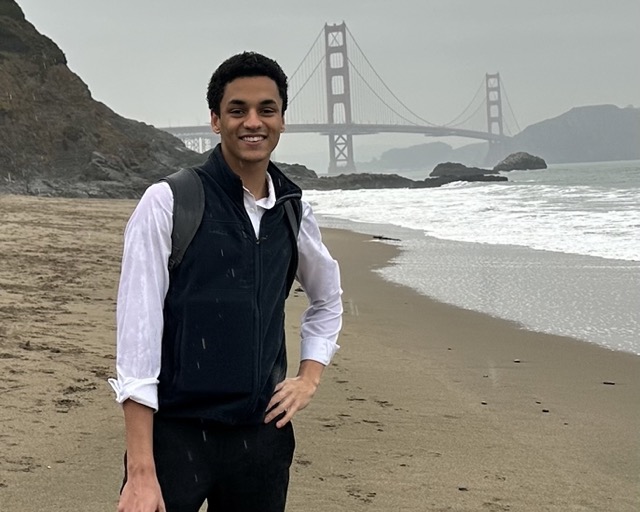Education & Skills
-
The Ohio State University
B.Sc & B.S.B.A with Honors: Mathematics, Computer Information Systems, Class of 2026
Involvements:- IEEE, Ohio State Chapter
- INFORMS, Ohio State Chapter
- Translational Data Analytics Institute
- Software Engineering Club
Honoraries:- 27th Honors Cohort
- Buckeye Leadership Fellows
- Gamma Iota Sigma
Awards:- Dean's Promise Award
- Geraldine H. Waring Award
- Michael and Judith Heschel Award
- Mortar Board Leadership Award
- Project THRIVE (EY, KPMG, Deloitte, PwC Sponsored) Scholarship Group




.png)
